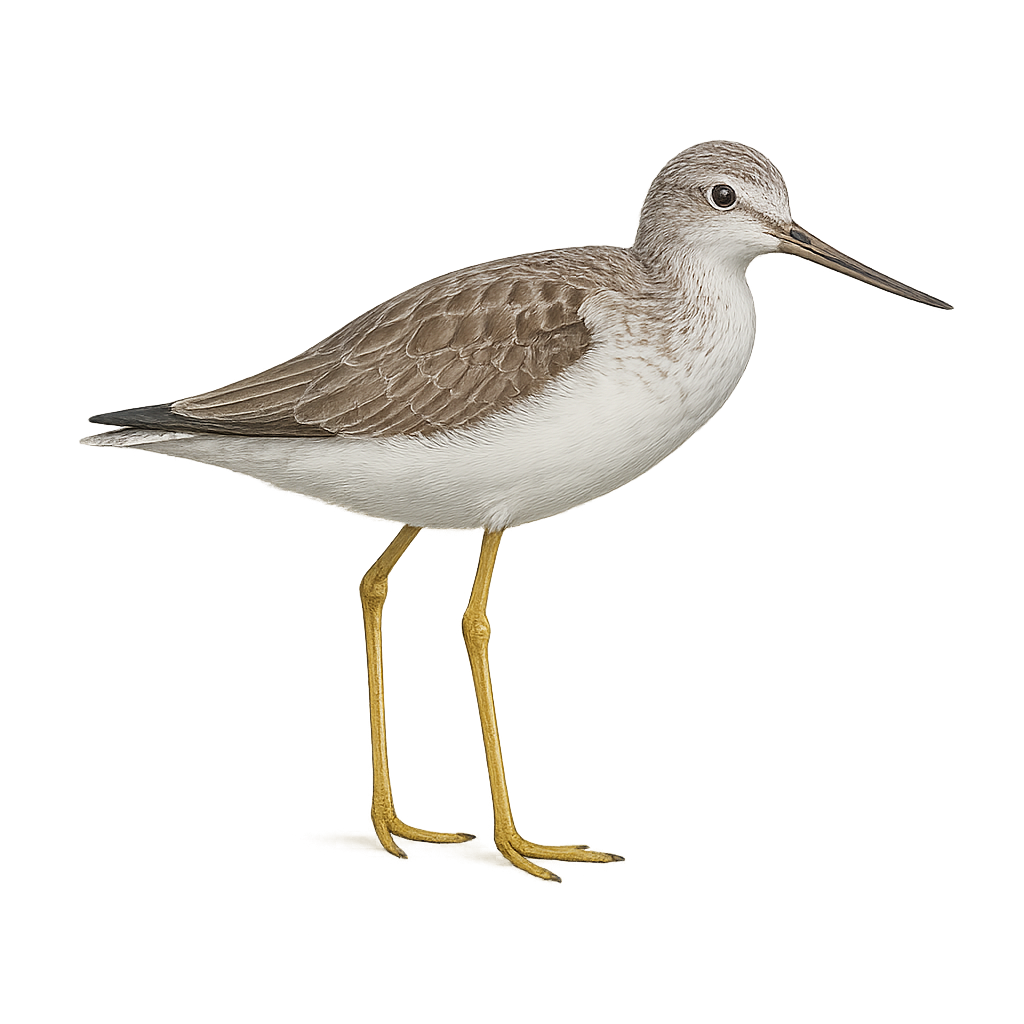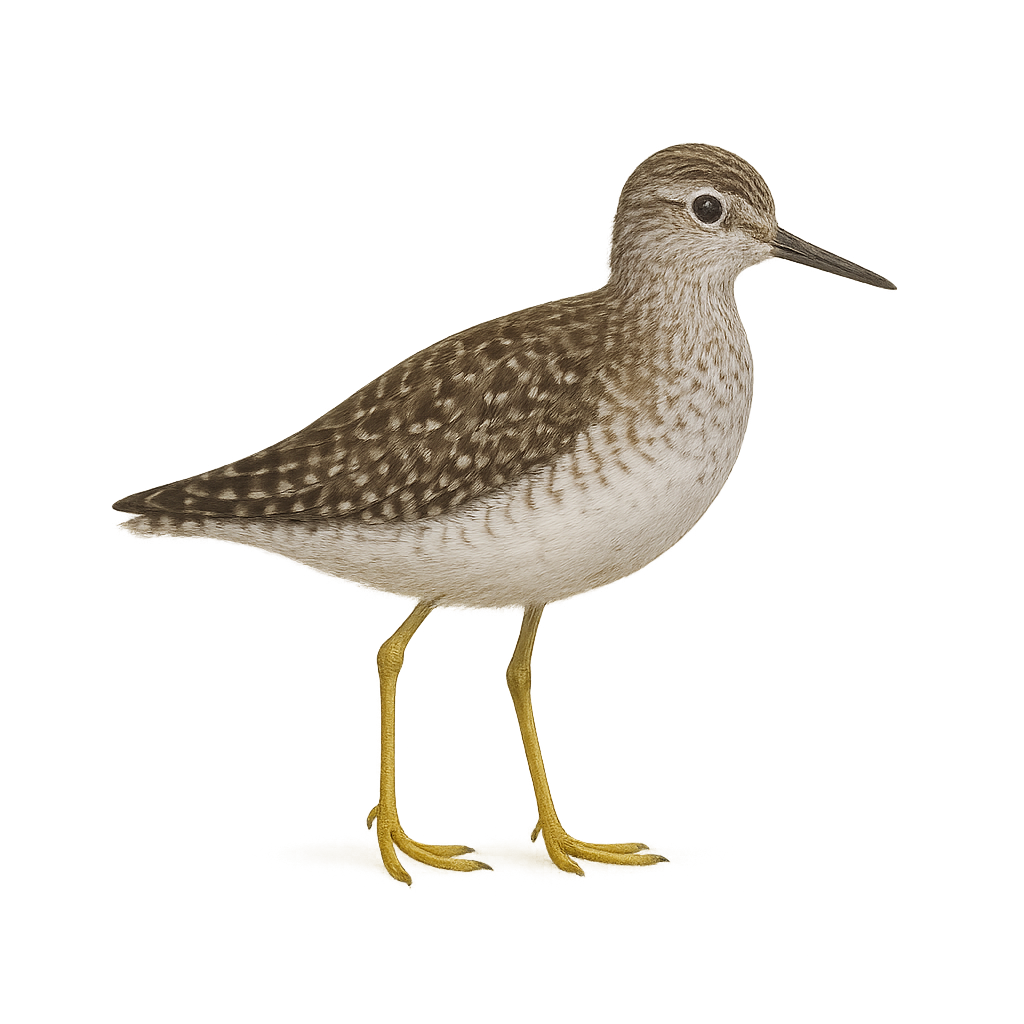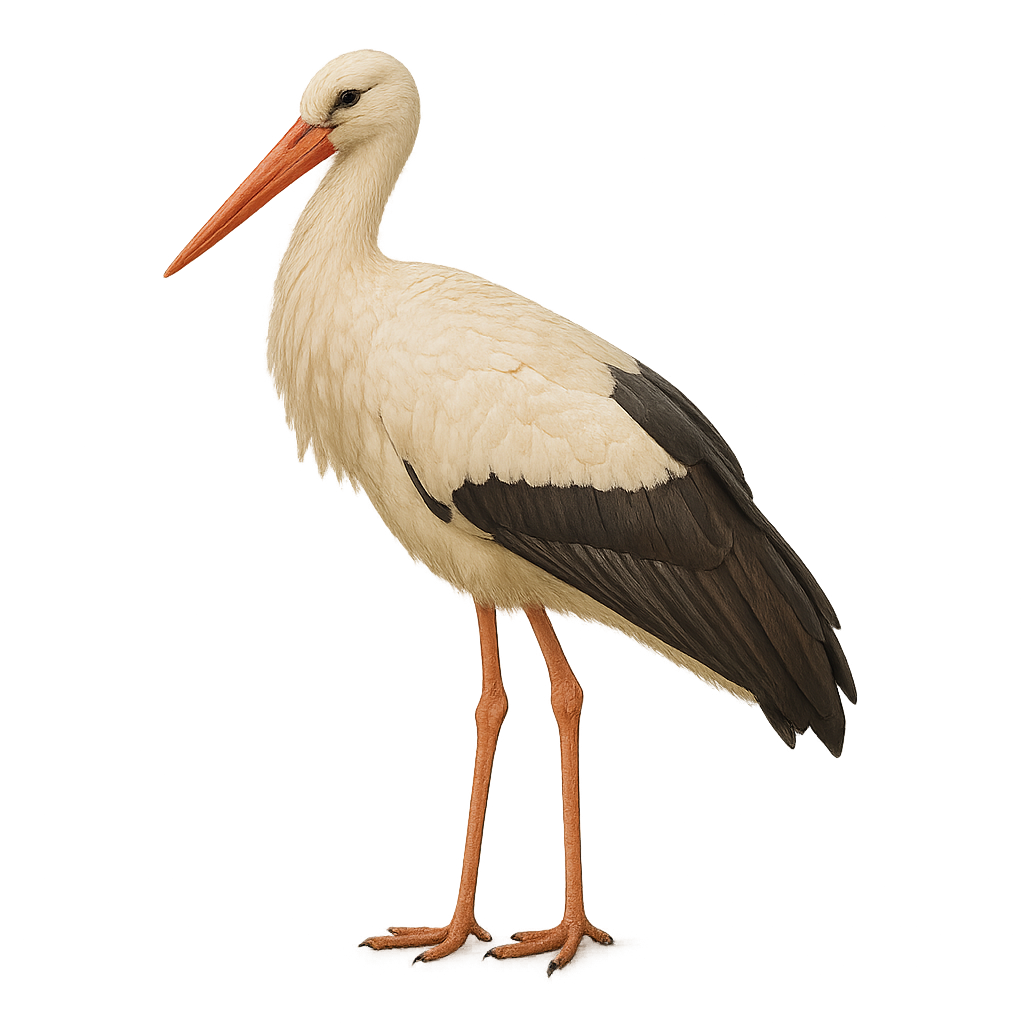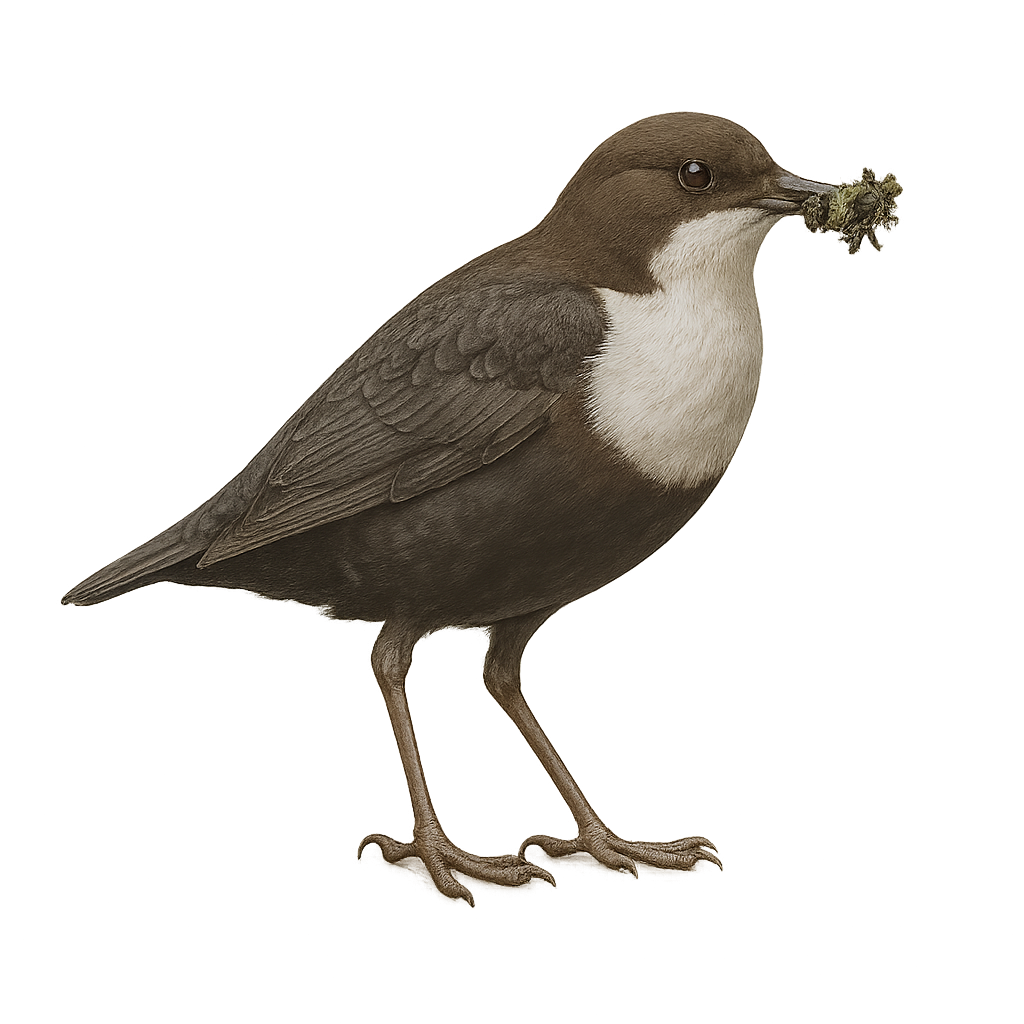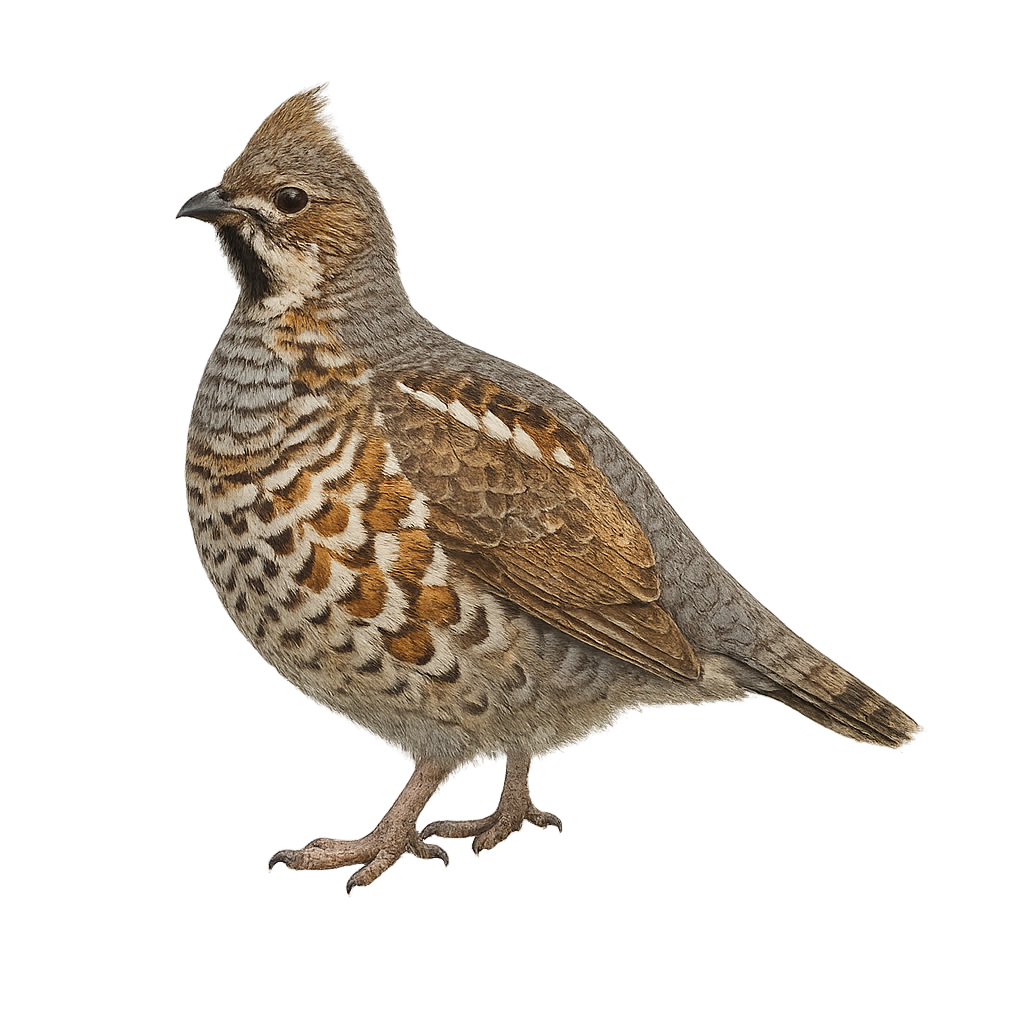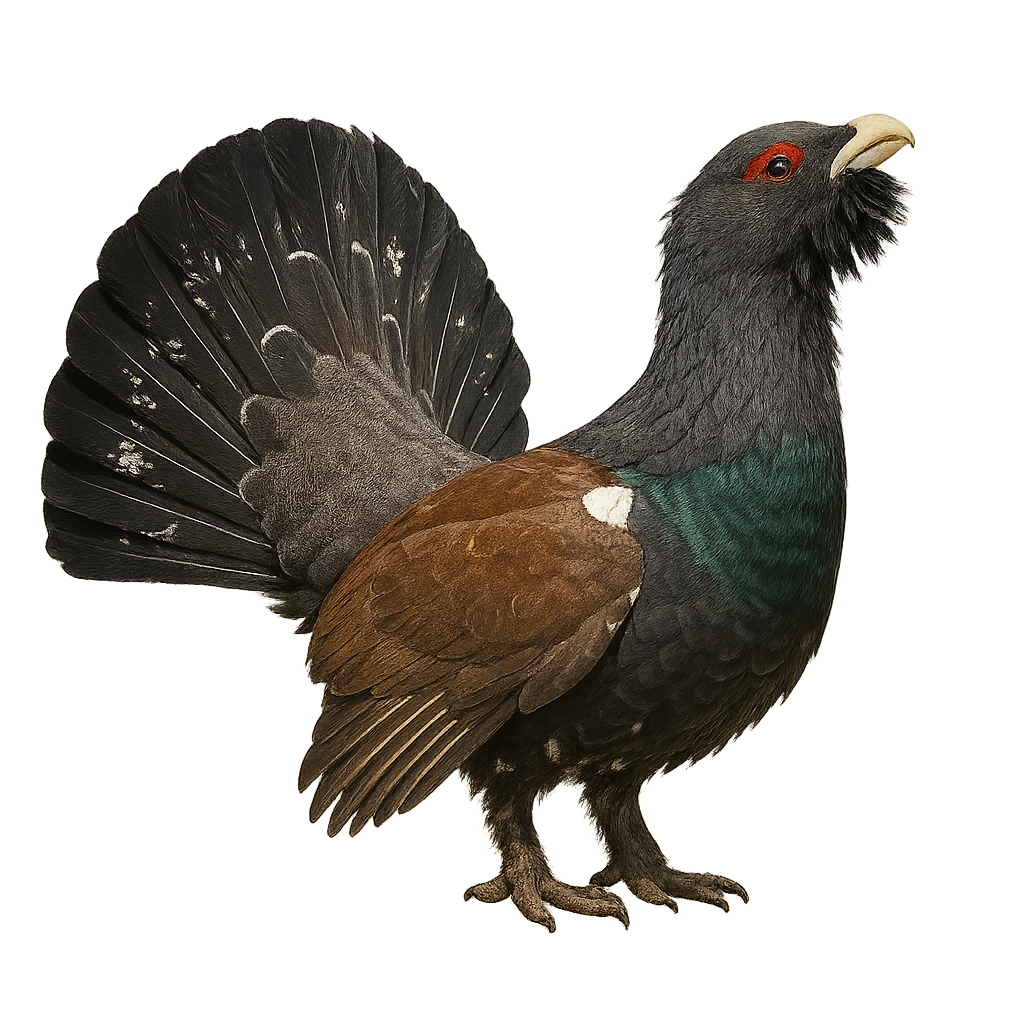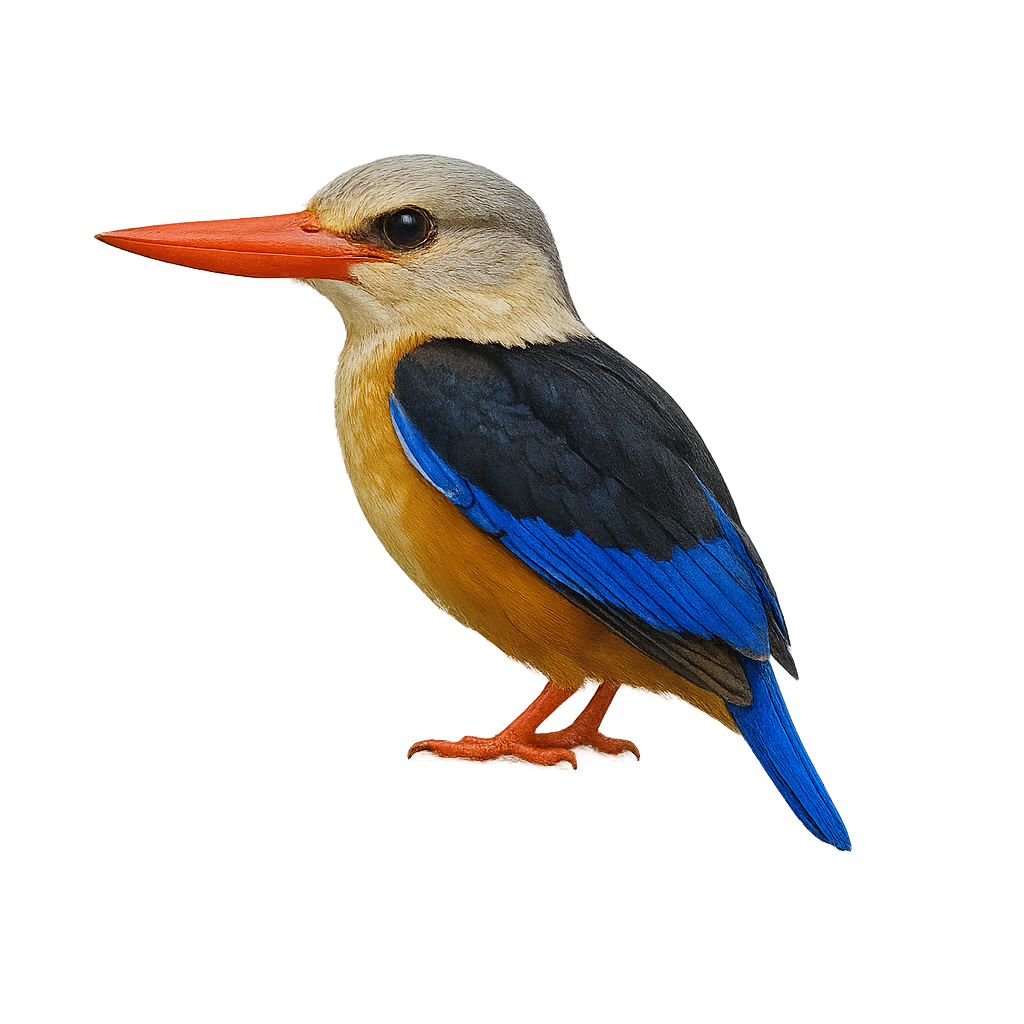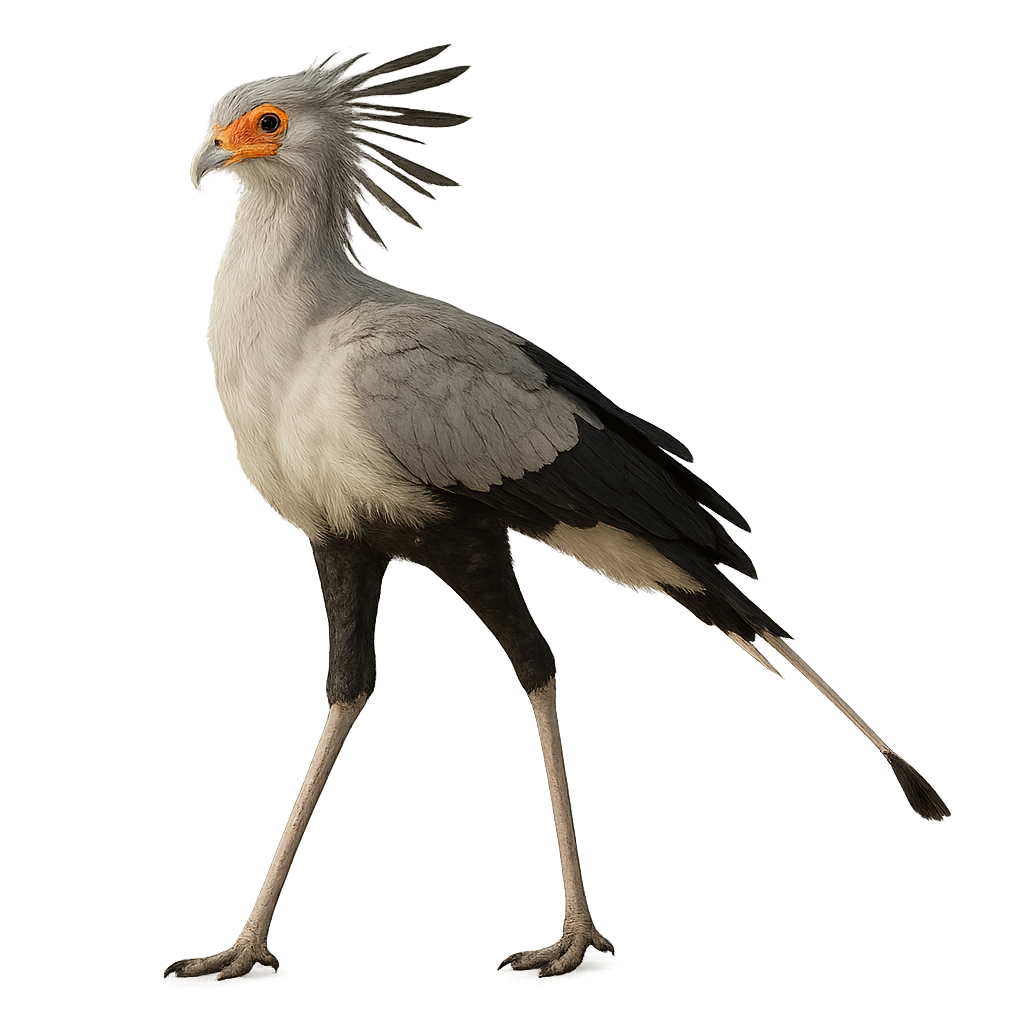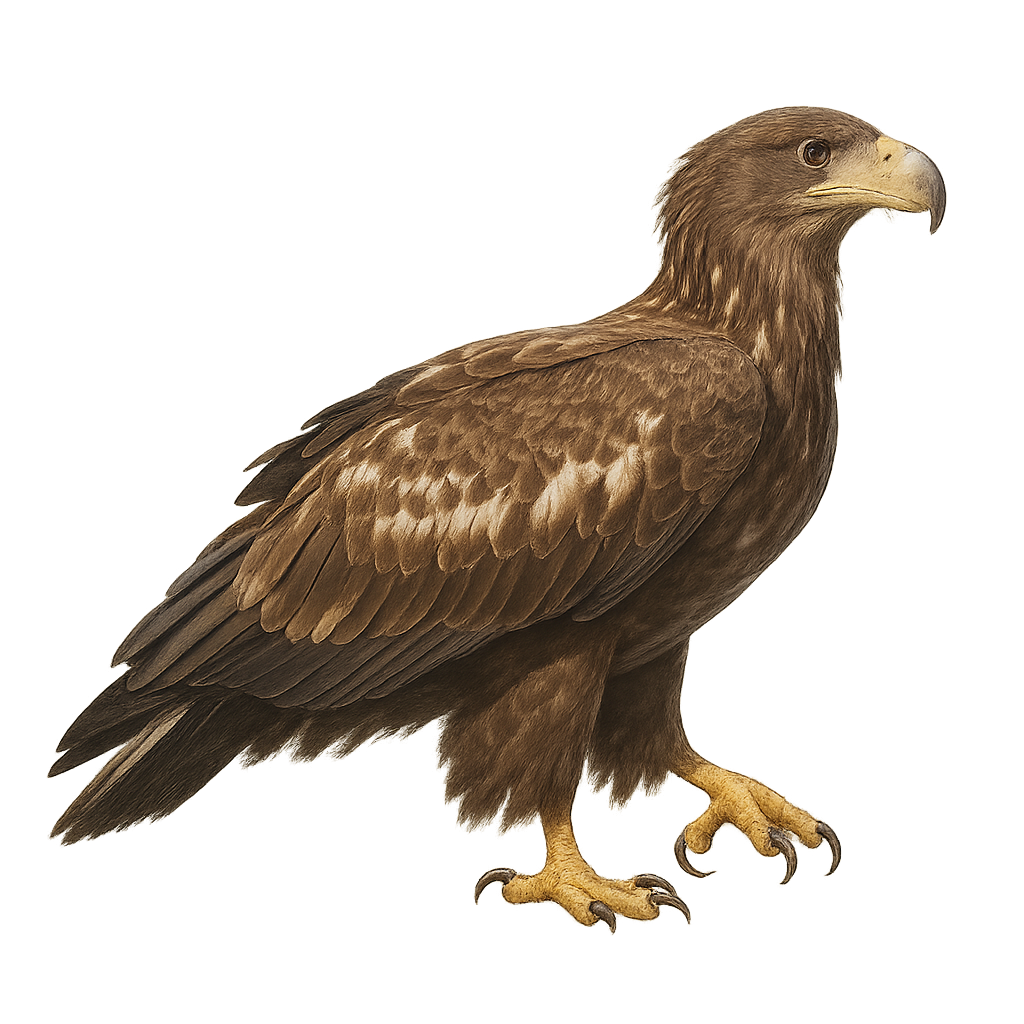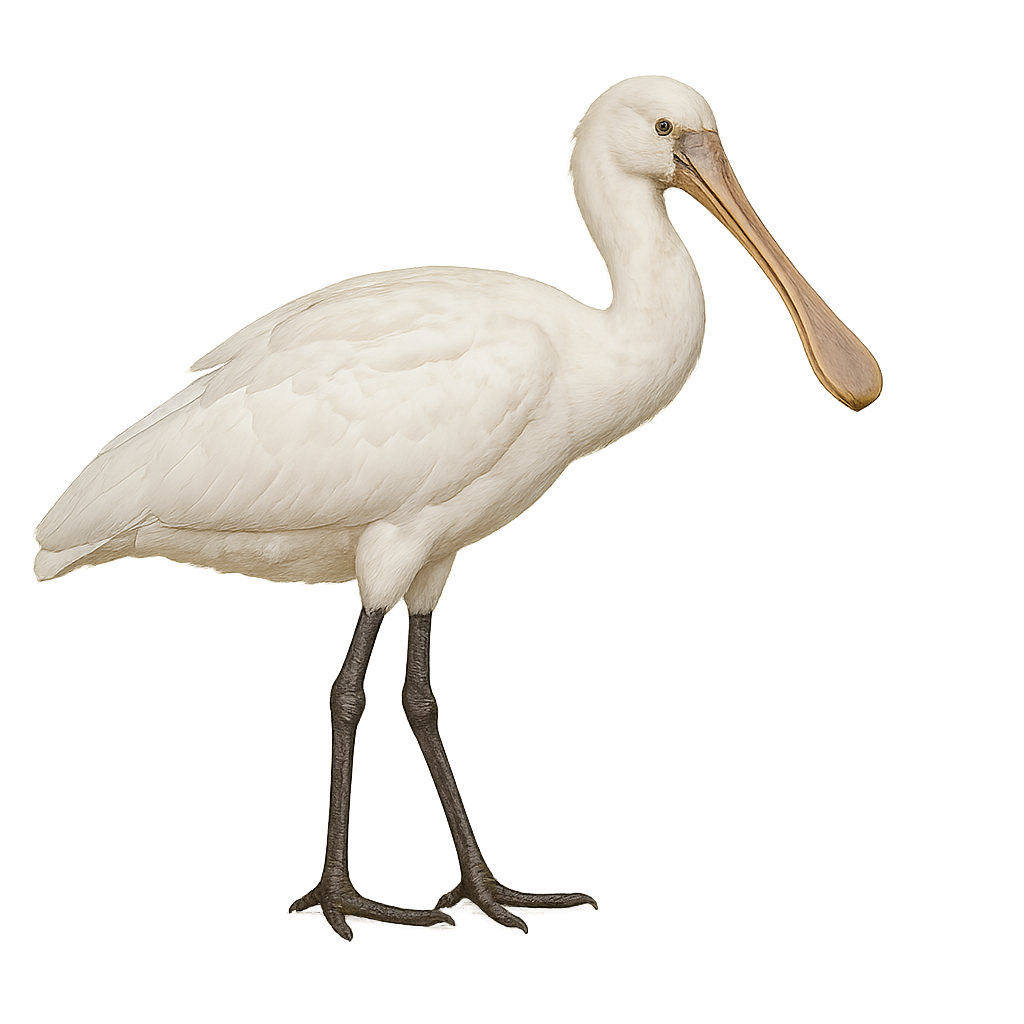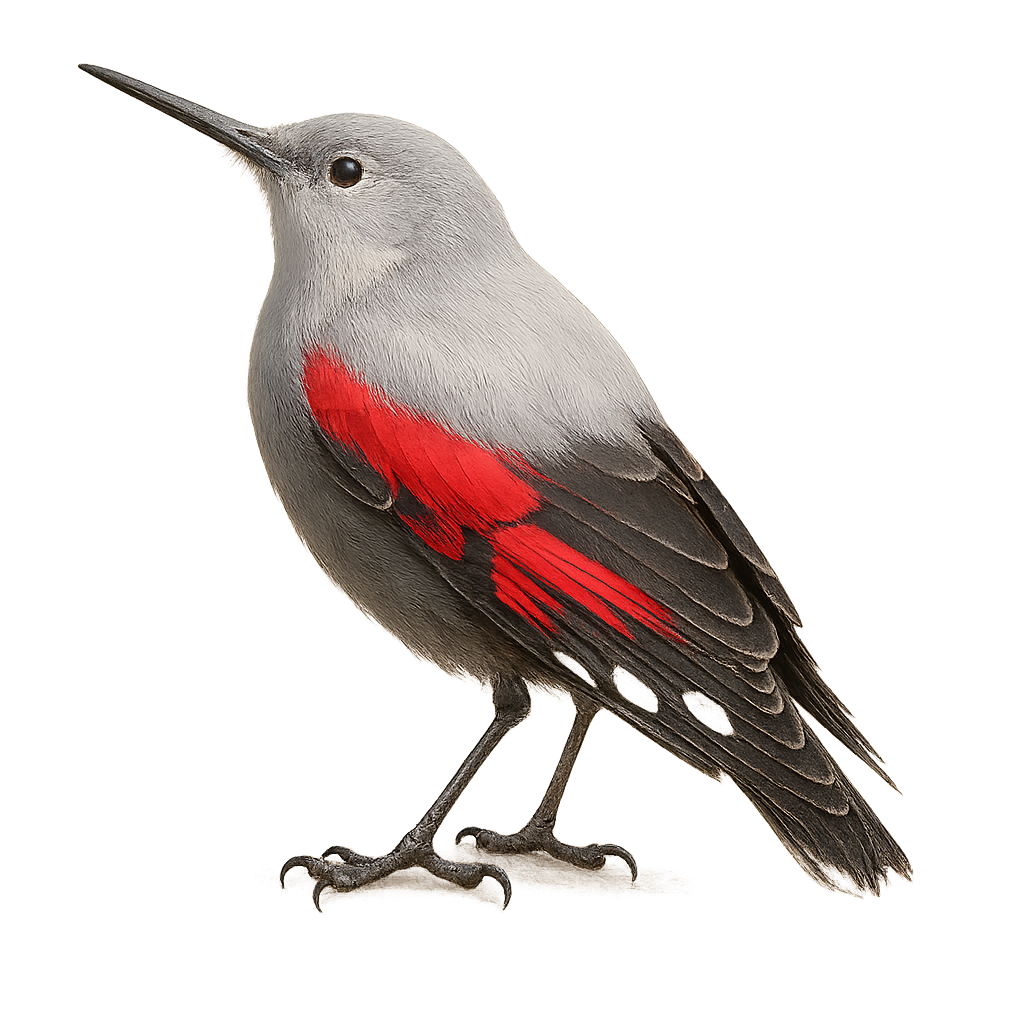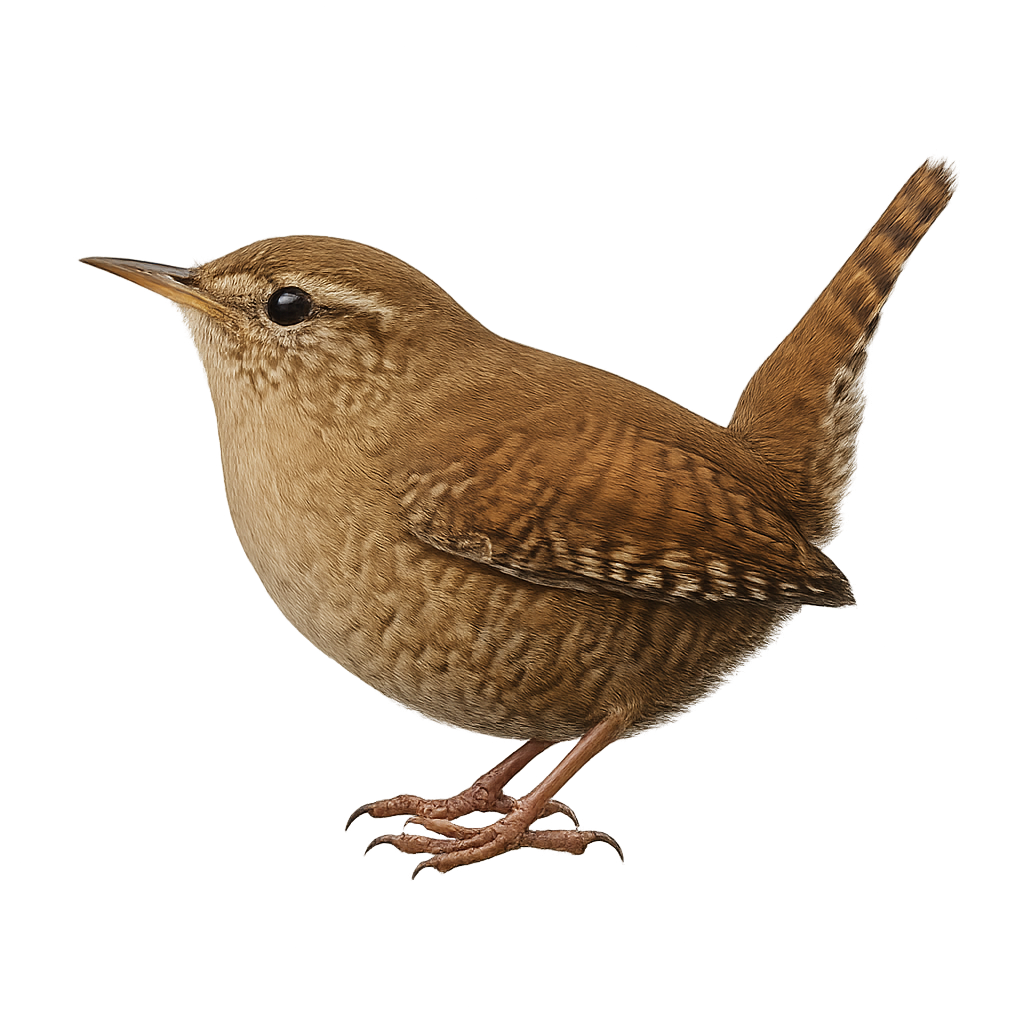Animal Species Profiles:
Mammals, Birds, Reptiles & More
Explore wildlife from around the world with the species profiles on WildlifePhotographer. Mammals, birds, reptiles… For each species, you’ll find key information such as habitat, observation periods, distribution, and photography tips. Want more details and advanced features? Download the full app for the complete experience.
Woodcock
Scolopax rusticola
The Woodcock is a discreet and nocturnal bird, difficult to spot due to its speckled plumage that allows it to blend perfectly into the undergrowth of forests in Europe and Asia. This bird, with its silent flight, is primarily insectivorous, feeding on earthworms, insects, and small arthropods it finds by probing the ground with its long, straight bill. The Woodcock is known for its erratic flights and mysterious calls during the breeding season, often heard as a "wingbeat" in the woods.
It leads a quiet and solitary life, creating a nest on the ground, well-hidden among dense vegetation. Although its population is relatively stable, the Woodcock is sometimes threatened by deforestation and disturbance of its natural habitats.
Whimbrel
Tringa nebularia
The Greenshank is a large species of wader, distinguished by its long bill and slender legs. It has a gray-brown plumage marked with lighter spots and a slightly speckled head, which helps it blend into the muddy and marshy environments of wetlands and shorelines. This wader is especially known for its characteristic calls, a loud barking cry, which is how it gets its name. It primarily inhabits wetlands, estuaries, and shorelines where it feeds on small invertebrates, worms, and crustaceans found by probing in the mud.
The Greenshank is a migratory bird that travels long distances between its breeding grounds in Europe and its wintering sites in Africa and Asia. Although its population remains relatively stable, it faces threats from the loss of wetland habitats and pollution. The species is protected in some areas where it is found.
Wood Sandpipe
Tringa glareola
The Wood Sandpiper is a medium-sized wader, recognizable by its elegant plumage that ranges from gray-green to white, with dark markings on the wings and sometimes a marbled head. This wader is primarily found in wet forests and marshy areas, where it feeds on small invertebrates, worms, and occasionally small fish, which it catches by probing in the mud and shallow water.
During the breeding season, the male displays brighter colors, notably a darker head plumage and iridescent green shades on its back. Outside the breeding season, the Wood Sandpiper has a more subdued and uniform plumage, often gray-brown. As a migratory bird, it travels between its breeding grounds in Northern Europe and its wintering sites in Africa and Asia. Although its population remains relatively stable, the Wood Sandpiper faces threats from the loss of wetland habitats and pollution.
White Stork
Ciconia ciconia
The White Stork is a large bird easily recognized by its slender silhouette, bright white plumage, and long red legs. It has a long pointed beak, which it primarily uses to capture prey in wetlands, meadows, and fields. This migratory bird travels thousands of kilometers each year, migrating from Eastern and Central Europe to Africa for the winter.
The White Stork primarily feeds on small mammals, amphibians, insects, and small birds, which it captures with its great ability to walk and forage through grass or mud. While it is a solitary bird during breeding, it gathers in large colonies during migrations. Although its population remains stable in many parts of Europe, it faces threats from habitat loss, hunting, and human disturbances. Conservation efforts are underway to protect this iconic species.
White-throated Dipper
Cinclus cinclus
The White-throated Dipper is a small aquatic bird, easily recognized by its dark plumage, compact body, and characteristic posture, often seen bobbing on rocks at the edge of streams. It has brownish plumage on its back and a white chest, with a short, powerful beak. This small bird is perfectly adapted to aquatic life, thanks to its webbed feet that allow it to swim and dive underwater in search of food.
The White-throated Dipper primarily feeds on aquatic insects, larvae, and small fish, which it captures by diving into rivers and streams. It is capable of swimming underwater and moving along the riverbed to search for prey. Although this bird is generally solitary, it can be observed in clear river or stream habitats, primarily in Europe and Asia. While it is generally not threatened, it can be impacted by water pollution and the disruption of its natural habitats.
Whimbrel
Numenius phaeopus
The Whimbrel is a medium-sized wader, easily recognized by its long, finely curved bill and its brown-gray plumage with lighter speckling on the belly. It measures about 40 to 50 cm in length and has a wingspan of about 70 to 85 cm. Unlike the Eurasian Curlew, it is more subtle in its behavior and colors, making it a bird that is often less visible despite its size.
This wader primarily inhabits coastal areas, estuaries, and mudflats, where it primarily feeds on small invertebrates, worms, and mollusks, which it captures from sandy or muddy soils at low tide. During migration, the Whimbrel can travel long distances, moving from its breeding grounds in Northern Europe to the coasts of West Africa. While it is considered a species of concern in some areas, it is primarily threatened by habitat loss and human disturbance.
Whooper swan
Cygnus cygnus
The Whooper Swan, also known by the scientific name Cygnus cygnus, is a large species of swan that can reach a wingspan of 2 to 2.5 meters, making it one of the largest swans in Europe and Asia. Its plumage is entirely white, except for the bright orange skin covering its bill. The Whooper Swan is primarily a migratory bird that lives in wetlands, lakes, and marshes. It feeds mainly on aquatic plants, but can also consume seeds and roots. During the breeding season, the Whooper Swan prefers freshwater lakes and ponds, where it builds floating nests. The migration of the Whooper Swan is particularly notable, as it travels long distances between its breeding grounds in Northern Europe and its wintering areas in Western Europe, Central Asia, and China. While its status is currently stable, the Whooper Swan can be threatened by habitat loss due to the draining of wetlands and water pollution. It is also vulnerable to illegal hunting and human disturbances.
Wood grouse
Tetrastes bonasia
The Hazel Grouse is a small, terrestrial bird belonging to the pheasant family, easily recognizable by its subtly colored plumage and robust build. It measures about 40 to 45 cm in length and weighs between 500 and 700 g. Its plumage is primarily brown and gray, with patterns of spots and bars that allow it to blend effectively into the dense vegetation of forests. The Hazel Grouse primarily inhabits dense deciduous and mixed forests, where it feeds on seeds, berries, young shoots, and insects. Although it is rather discreet and difficult to spot, it is often heard through its soft, deep call. The Hazel Grouse is a fairly sedentary bird, but it may migrate short distances depending on weather conditions. It is also an emblematic bird of wooded areas and forest landscapes. While it is not endangered, the Hazel Grouse may be threatened by the loss of its forest habitat and the degradation of its breeding sites.
Western capercaillie
Tetrao urogallus
The Capercaillie is a large bird of the pheasant family, easily recognizable by its imposing size and distinctive plumage. It measures about 80 cm in length, with a wingspan of 1.2 meters and a weight ranging from 3 to 6 kg for males and 2 to 3 kg for females. The male's plumage is dark, with a reddish chest, a crest of feathers on the head, and a large V-shaped tail. The female, on the other hand, is more discreet, with a brown mottled plumage that allows her to better blend into the environment. The Capercaillie primarily inhabits coniferous and deciduous forests, particularly in the mountains and wooded areas of Europe, notably in France, Switzerland, Germany, and other mountainous regions. It feeds mainly on young shoots, seeds, fruits, and insects. This bird is also known for its spectacular mating displays, during which the male puffs up his chest, spreads his tail, and makes powerful calls to attract females. Although the species is not immediately endangered, the Capercaillie faces threats from deforestation, human disturbance, and habitat loss.
Willow ptarmigan
Lagopus lagopus
The Willow Ptarmigan is a mountain bird, smaller than its cousin the Rock Ptarmigan, found in cold regions and forested areas of northern Europe and Asia. It measures about 30 to 35 cm in length and weighs between 250 and 400 g. Its plumage changes with the seasons: in winter, it is entirely white, allowing it to blend into the snow, while in summer, it has a brown-red spotted plumage, perfect for blending into the moors and shrubs. The Willow Ptarmigan primarily inhabits taiga and tundra regions, where it feeds on leaves, berries, and young shoots. It is often seen on the ground or in bushes, searching for food. While the species is not immediately threatened, it is vulnerable to disturbances from deforestation and climate change, which affect mountain ecosystems.
White-headed kingfisher
Halcyon leucocephala
The Grey-headed Kingfisher is a medium-sized bird, easily recognized by its grey head and colorful plumage. It measures about 25 cm in length and weighs between 50 and 70 g. Its back is typically metallic blue, with a contrasting white belly, and its wings are bright blue with touches of green and orange. This kingfisher is distinguished by its wide, straight bill, suited for hunting. It primarily lives in wooded areas and along the shores of rivers and lakes, where it feeds mainly on fish, aquatic insects, and small amphibians. The Grey-headed Kingfisher hunts by diving from a perch or electrical wire, capturing its prey with great precision. These birds are solitary, although some form pairs during the breeding season. It is widely distributed in Southeast Asia, particularly in India, Bangladesh, and Myanmar. While its population remains relatively stable, the Grey-headed Kingfisher can be threatened by habitat destruction, water pollution, and poaching.
White-cheeked hornbill
Tockus alboterminatus
The Sagittarius Hornbill, or Tockus alboterminatus, is a medium-sized bird primarily found in the savannas and open forests of Central and East Africa, notably in Kenya, Tanzania, and Uganda. It measures about 45 to 50 cm in length and weighs between 100 and 150 g. This bird is distinguished by its predominantly light gray and white plumage, with touches of black on the wings and tail, as well as a long, curved beak, characteristic of hornbills and messengers. Its name "sagittarius" comes from its beak, which resembles an arrow. The Sagittarius Hornbill primarily feeds on fruits, seeds, small insects, and small vertebrates. It is also known for its social behaviors and can be observed in small groups or pairs, and while less noisy than other hornbills, it emits distinct communication calls. The species is not currently endangered but may be affected by deforestation and loss of its natural habitat.
White-tailed Pyguargue
Haliaeetus albicilla
The White-tailed Eagle is a large raptor primarily found in Eastern Europe, Northern Asia, and some regions of Central Asia. It measures about 70 to 90 cm in length, with a wingspan of 1.8 to 2.3 meters, and weighs between 3 and 6 kg. Its plumage is primarily brown with a distinctive white head and tail. The White-tailed Eagle is an excellent fisherman, primarily feeding on fish, but it also hunts birds, small mammals, and scavenges carrion. It primarily inhabits areas near bodies of water such as lakes, rivers, and estuaries. While its population has been growing in some areas due to conservation efforts, this species remains vulnerable to habitat loss, water pollution, and human disturbances.
White Spoonbill
Platalea leucorodia
The Eurasian Spoonbill is a medium-sized bird primarily found in wetlands across Europe, Asia, and North Africa. It measures about 80 to 95 cm in length, with a wingspan of 120 to 130 cm, and weighs between 1.5 and 2.5 kg. Its plumage is predominantly white, with a long spoon-shaped bill that allows it to forage in shallow waters, primarily feeding on aquatic invertebrates, small fish, and crustaceans. The Eurasian Spoonbill is often seen in groups, feeding in marshes, rice fields, or estuaries. It is migratory, moving to warmer regions during the winter. While its population remains stable in certain areas, the Eurasian Spoonbill faces threats related to habitat loss, water pollution, and urbanization.
Wallcreeper
Tichodroma muraria
The Wallcreeper is a small bird found primarily in rocky cliffs and mountains of Europe, notably in the Alps, the Pyrenees, and the Carpathians. It typically measures about 14 to 16 cm in length and weighs between 12 and 20 g. Its plumage is characterized by distinct patterns of white, gray, and black, with very prominent white markings on its wings. The Wallcreeper is an excellent climber, capable of moving on almost vertical rock faces thanks to its strong claws. It primarily feeds on insects, small arachnids, and larvae that it finds in rock crevices. Although it is a relatively rare bird, the Wallcreeper is threatened by the disturbance of its rocky habitats, particularly due to urbanization and the exploitation of natural resources.
Wren
Troglodytes troglodytes
The wren is a small, highly active songbird found mainly in forests, gardens, and hedgerows across Europe and Asia. It is easily recognized by its small size, brownish-red plumage, and its often-raised tail in the shape of a 'V'. This passerine is highly territorial and primarily feeds on insects and small invertebrates. Although it is fairly discreet, its powerful song is one of the most remarkable among small birds.



